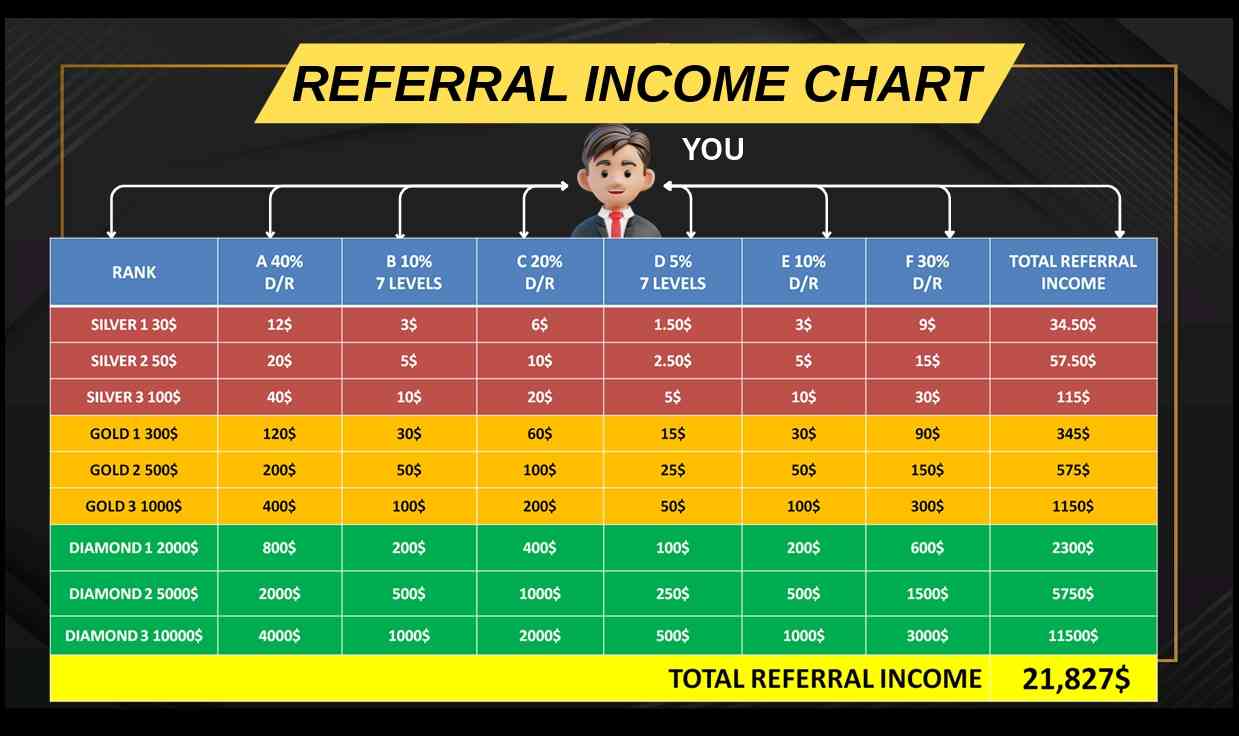Blackboard features and main uses of the platform
The trend in online education has promoted the development of an essay writing service uk; in this article, I will explain the functions of Blackboard and the uses of this platform.
Implementing learning management systems in a digital environment allows the teaching process to be interactive, dynamic, and attractive for students.
Teachers have the "what" - content - to address in each of their cles, but with the new dynamics of student consumption caused by technological trends, the teacher must discover the "how" - format - to maintain their interest in the cl.
If you are a teacher teaching face-to-face cles, there are interesting ways to integrate MOOC courses into traditional education, but if you are looking to create a 100% digital course, Blackboard can be an interesting option to start.
What is Blackboard?
Blackboard is a North American company dedicated to developing innovative services and technologies for education and/or training.
The services and resources they offer are focused on academic institutions of various levels, in which teachers and students mainly intervene.
In the case of commercial and governmental institutions, they offer advice and management of teaching-learning programs to train their work team.
The service specifically dedicated to learning management is Blackboard Learn, a Learning Management System that allows teachers to manage content and personalize courses in a digital environment.
Blackboard Features
If you want to integrate blackboard into your cles, you can take a free trial to know its functions before being implemented in your course.
The platform is quite intuitive for those who have not had experience managing content in an LMS.
Blackboard has sample courses built for the teacher to edit and adapt with their content easily. The system is divided into 5 key sections:
- Course: In this section, you can add different formats of the content of your course; it can be hidden while you make adjustments and make it visible on specific dates so that the student can review it.
- Calendar: The internal calendar of activities, tasks, or exercises can guide your students for their deliveries. Remember to update it and that it is related to your course program.
- Messages: The messages section works similarly to a forum. You can start discussions on specific cl topics or send out important announcements.
- Internal control of grades for teacher support and student consultation.
- Tools: This section allows you to integrate portfolios or goals established at the beginning of the course. Students can upload their work on the platform, thus having direct access from the teacher's profile.
After developing your course, you can send an invitation via email to your students; they will be asked to open an account to view the course content.
Active communication with video conferencing
Virtual courses have the characteristic of maintaining asynchronous or synchronous communication, depending on the time availability of the teacher and student.
Asynchronous communication uses conventional forums or emails to resolve doubts, teacher feedback, or share opinions with clmates.
Synchronous communication makes use of services that allow direct interaction between student-teacher or student-student. Blackboard Learn offers both modes, on and off the platform.
Blackboard Collaborate is a service for conducting collaborative web video conferencing. It offers a free version that allows you to broadcast live and video recording, turning it into reference material.
Are you familiar with other Learning Management Systems or LMS? Tell us about your experience implementing it in your cles?

.png)









.png)